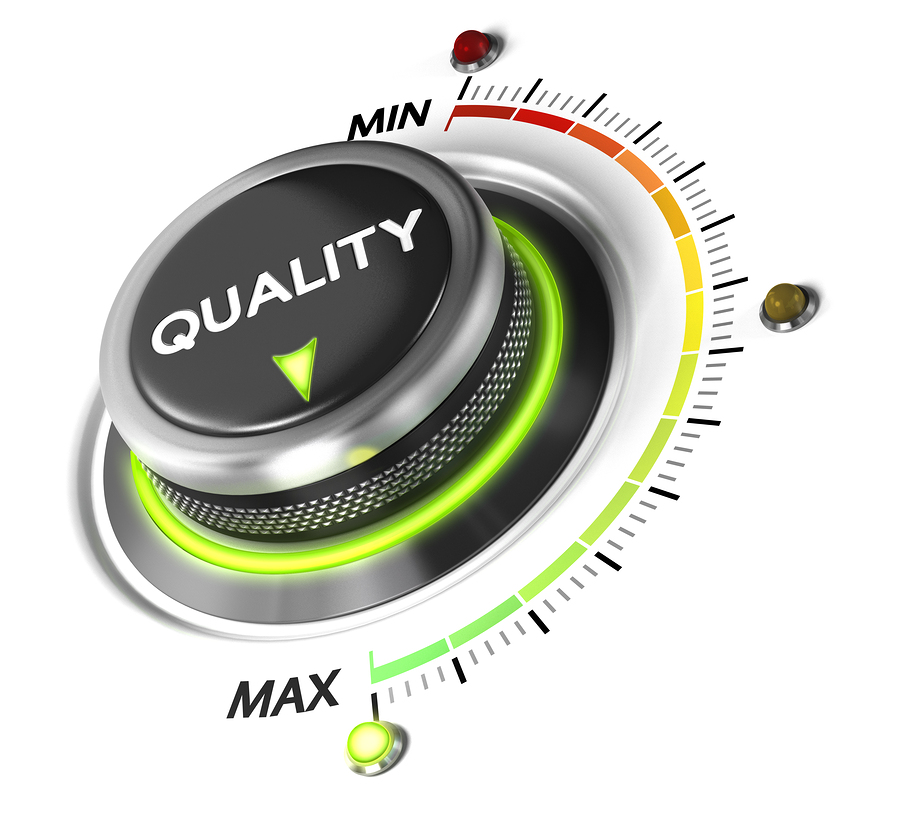by Robert W. Yokl, Vice President/COO, SVAH Solutions – www.SVAHSolutions.com
How to be Everywhere in Your Supply Chain at Once!
When we are reviewing clinical supply utilization reports for client hospitals throughout the country, I always like to look at not only the current period that we are reporting on but to look at the trends of their data over the short and long terms. This gives me a feel for what is going on with any particular category to not only ascertain what cost savings opportunities may be arising but most importantly are their quality ramifications tied to these as well.
Neutralize the Worse Excuse Our Customers Give Us When Costs Increase
Case in point, when I see a hospital’s IV Set costs per patient day increasing by 22% to 33% over the past year it makes me wonder what is happening on those nursing floors or in ED to make this increase occur. For those of you who are new to clinical supply utilization management, because we are comparing based on an operating metric such as patient days, we are incorporating the increases and decreases of the organization’s patient volumes. The normal pushback answers you would get, “We were busy that month, quarter or year” should not apply because we are already factoring the patient volume into the report. This is nice because normal spend reports can’t answer that question and in the majority of situations, we have to walk away because we have no data to overcome this challenging question.
Utilization Cost is a Great Measure for Quality
In the case above, where we talked about the IV Set costs per patient day increasing by 22% to 33% when there is no change to technology, sets or patient volumes—what should this lead you to? Is there a quality issue going on here with the sets themselves (e.g., failing) or has something else changed that now needs to be addressed? If you are using 22% to 33% more IV Sets, more than likely you are changing the sets too often as compared to your own history. Last I checked, changing sets too often is not good quality for either the patient or the hospital and it chews up nursing time when you don’t need to.
Many times, I have found that the simple culprit of 22% to 33% type increases at hospitals is the fact that clinicians get away from the IV Set labeling of the tubing. If you don’t label the tubing, then the 72-96 hour change policy goes right out the door because you won’t know when the tubing was last changed. One large community hospital found out in a VA Team Meeting that the regular IV and PICC tubing were changed on Monday, Wednesday and Friday every week. The VP of Supply Chain was instantly asking the question, “You mean that if I entered the hospital through ED and had an IV placed on a Sunday Night, I would have my tubing changed on Monday regardless of whether it needed it or not?” The answer at that point was yes and they realized they needed to go back to the hospital’s policy and in-service the staff to use the IV Set Labels.
Everyone Wins with Clinical Supply Utilization
Lastly on the IV Set example above, this is a perfect illustration of where a hospital was able to dramatically reduce their costs and improve the patient quality/satisfaction plus eliminate wasting nurses time restarting IV sets that did not need to be restarted. This could happen on any product, equipment or service in the hospital not just IV sets, and most importantly there are hundreds of product categories to track down to improve not only quality but also cost!
Quality Could Be Compromised Because We Are Spending Too Little
Of course, you want to attack all of your major increases in clinical supply utilization per metric but I also like to go to the other side of the spectrum and look at areas where the cost per metric is extremely low as compared to historical and cohort comparables.
Red flags are raised, if a client is running too low in an area such as wound care dressings in this age of ever increasing wound care costs and wound care centers of excellence being set up at hospitals. How could costs be rock bottom low or 42% below cohort best practice and 35% below cohort average cost per patient day? Are our policies not up to date with the latest standards of wound care? What is going on? This is the perfect realm for Value Analysis to step in.
Another point would be MRSA Test per patient day are running 51% below cohort best practices. Are we not testing for MRSA prior to patient’s being admitted or something else? If we are, are the testing results being reported on a timely basis? Are all the areas performing the MRSA test as indicated by policy and procedures? Is there any problems with our MRSA tests or equipment?
I know it may go against the grain to highlight categories where the hospital should be spending more money but if you are talking about wound care or MRSA, just one added instance of infection could mean major dollars to the hospital. Not to mention major consequences for our patient(s). We should be saving the money in the areas we want to save and making sure our spend levels are within quality limits for the others.
Going from Macro to Micro Levels Should be the Ultimate Success Goal
Most of you reading this have focused on an area for contracting, standardization or value analysis and worked up your costs on a spreadsheet for the existing year in order to make the change that you are being charged to perform. The biggest challenge with spreadsheets are not their limitations as spreadsheets are the ultimate versatile tool to use. The biggest challenges are in their singularity of function or you can only work up a spreadsheet on what you are focusing on while all other areas happen without you knowing what is going on.
Yes, I can work up my utilization costs on my IV sets but there is 500+ other categories happening out there at the same time. There could be some worse, some not so bad or some really good. How are we to know where these are? For Value Analysis Success, you must start to think macro (big picture) but then have the ability to take it down to the micro (ground level view) levels. Start asking yourself, what would the cost and quality value be if you could not only view what you are working on today and tomorrow, but you could see if anything else is occurring that could require you or your team’s attention before they damage your quality or costs (or both).
Need to Answer Your Quality & Cost Questions More Efficiently
In a perfect world, even in the value analysis world we would love for our challenge to just be one broad stroke change to happen for us to get 99% of all our quality and cost results. Just go to reprocessing on Oxisensors and Compression Sleeves and that is all we must do! That is not likely to be the case and we have seen that due to the complexity of products and services in hospitals, they transcend many different departments and users house-wide. What we need clinical supply utilization to do is to give us the ability to look beyond the broad stroke strategy to see if anything else is going on. To ignore other things going one is just going to come back and bite us sooner rather than later anyhow.
Is there a problem with the product(s)? Which departments are causing our cost or quality issues? If so, which products within each department are causing the issues.
The Before, During and After of Quality
By having a clinical supply utilization management system in place, you will have the ability to not only go back and look at the critical utilization trends to base your quality improvements on, but you will also be able to see what happens after you have successfully made positive change happen. Did they go back to their old ways and I need to have the VA Team go back to the implementation steps that were outlined for VA success? Is there something else happening that we did not originally anticipate, e.g., Tissue sealant was implemented to reduce the costs and improve the quality of the high cost previous tissue sealant product but utilization cost per surgery case has instead increased 26%. At least you would know this as many organizations make changes but do not have systems to tell them if the implementation has met their goals or something else is occurring.
Your Biggest VA Quality Advantage is Freeing Up Your Time
With huge agendas for new products, contract conversions, standardization initiatives, etc., there is so little time to focus on the most important areas in our supply chain such as quality of the products we bring to the table. VA is a great process to find the best value and quality in the eyes of our customers, but we must realize that we need to always be a step ahead of what is happening in order to find the next best quality opportunities for our organizations. I hope you will start to further explore what clinical supply utilization management can do for you and your organization to improve the quality, cost and outcomes for your patients.





